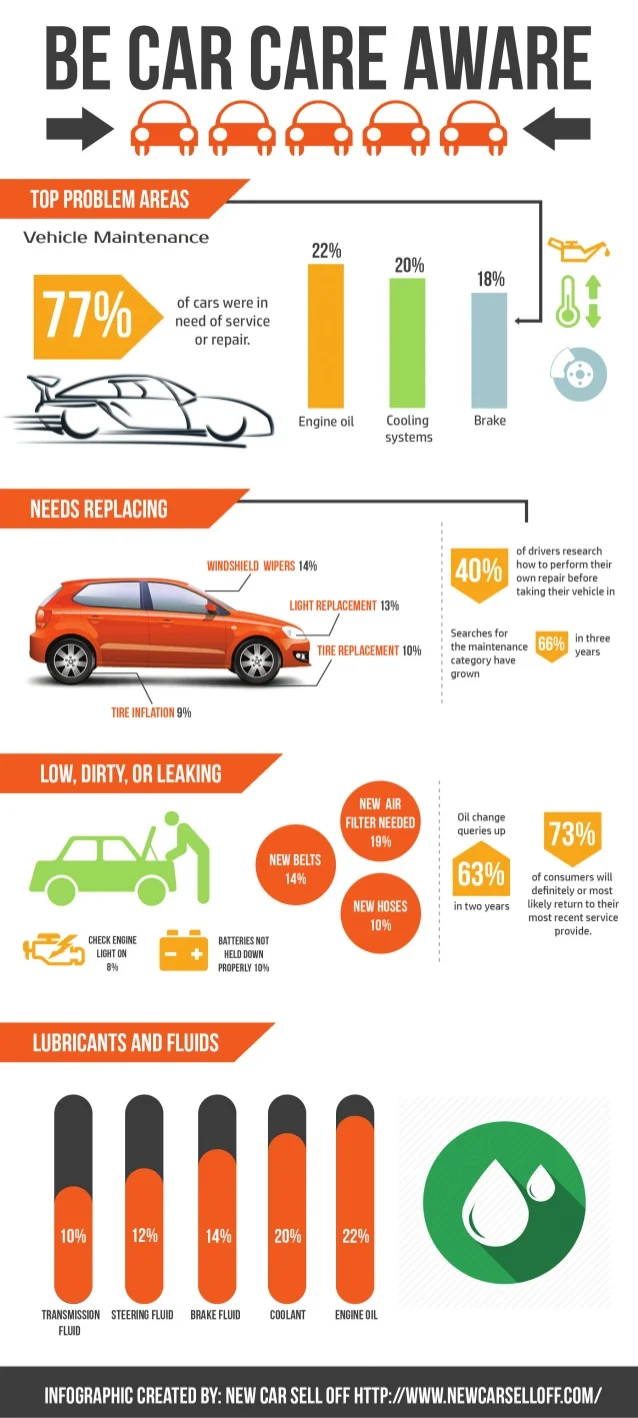Interpreting Your Car'S Alert Lights: Their True Ramifications
Interpreting Your Car'S Alert Lights: Their True Ramifications
Blog Article
Content Author-Termansen Forbes
When you're behind the wheel, those beautiful caution lights on your dashboard can be a little bit perplexing. Do you know what they're attempting to inform you concerning your automobile's health? Comprehending the significance of these lights is vital for your safety and security and the long life of your car. So, the following time among those lights appears, would not you wish to decipher its message precisely and take the required actions to resolve it?
Common Warning Lights and Interpretations
Identify typical warning lights in your cars and truck and understand their definitions to make sure secure driving.
One of the most typical caution lights include the check engine light, which signifies issues with the engine or exhausts system. If this light comes on, it's crucial to have your vehicle checked promptly.
The oil pressure cautioning light indicates reduced oil stress, requiring immediate focus to avoid engine damage.
A flashing battery light might recommend a faulty billing system, potentially leaving you stranded otherwise dealt with.
The tire stress monitoring system (TPMS) light signals you to reduced tire pressure, influencing automobile stability and fuel effectiveness. Overlooking this might lead to harmful driving problems.
car interior steam clean indicates an issue with the anti-lock braking system, endangering your capacity to quit rapidly in emergency situations.
Last but not least, the coolant temperature warning light warns of engine getting too hot, which can lead to serious damage otherwise fixed swiftly.
Recognizing these usual warning lights will assist you address concerns immediately and keep safe driving conditions.
Significance of Prompt Focus
Understanding the typical caution lights in your car is just the first step; the value of promptly dealing with these cautions can't be stressed sufficient to ensure your security on the road.
When a warning light illuminates on your control panel, it's your vehicle's way of communicating a potential concern that requires focus. Ignoring these cautions can result in more serious troubles in the future, jeopardizing your safety and security and potentially costing you a lot more out of commission.
Motivate attention to alerting lights can avoid failures and mishaps. As an example, a blinking check engine light can indicate a misfire that, if left unattended, could create damage to the catalytic converter. Addressing this quickly can save you from a pricey repair work.
Likewise, a brake system advising light could signify reduced brake fluid or worn brake pads, crucial components for your safety and security when driving.
Do It Yourself Troubleshooting Tips
If you discover a warning light on your control panel, there are a few DIY troubleshooting pointers you can try prior to seeking expert aid.
The initial step is to consult your cars and truck's manual to understand what the particular warning light indicates. Occasionally the issue can be as simple as a loose gas cap setting off the check engine light. Tightening the gas cap might deal with the trouble.
An additional typical concern is a reduced battery, which can cause various alerting lights. Inspecting the battery links for deterioration and ensuring they're safe and secure might take care of the problem.
If a warning light continues, you can try resetting it by separating the vehicle's battery for a couple of minutes and then reconnecting it. Additionally, inspecting https://www.repairerdrivennews.com/2022/02/04/lawmaker-introduces-federal-right-to-repair-act-with-support-of-aftermarket-industry/ , such as oil, coolant, and brake liquid, can help fix cautioning lights connected to these systems.
Verdict
In conclusion, understanding your automobile's caution lights is crucial for maintaining your automobile running efficiently and safely. By without delay dealing with these signals and recognizing what they mean, you can avoid costly fixings and prospective malfunctions.
Bear in mind to consult your cars and truck's guidebook for certain information on each warning light and take action appropriately to guarantee a hassle-free driving experience.
Stay notified, stay safe on the road!
